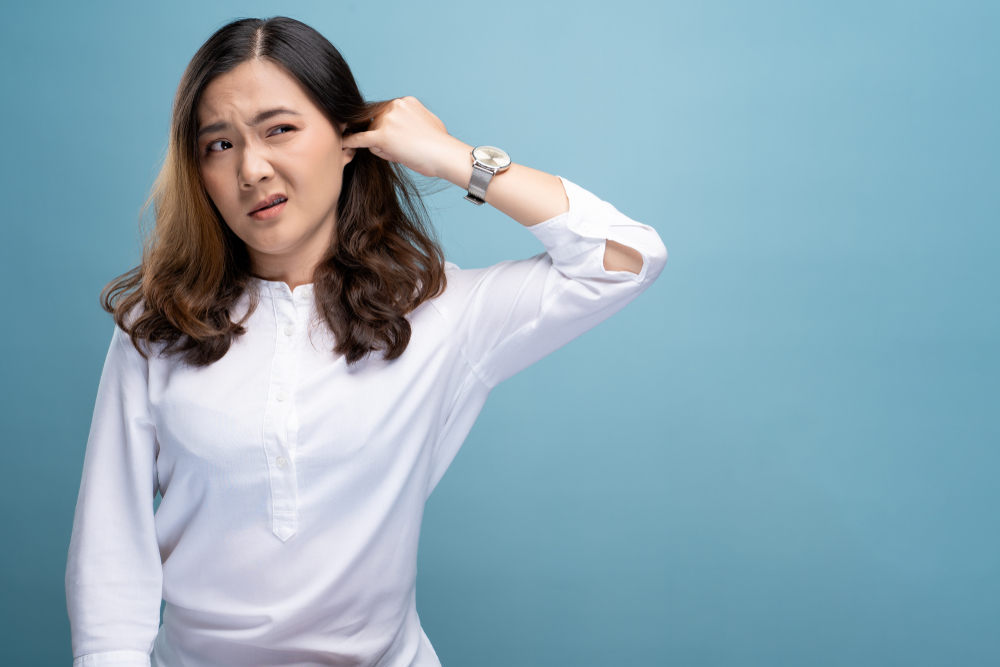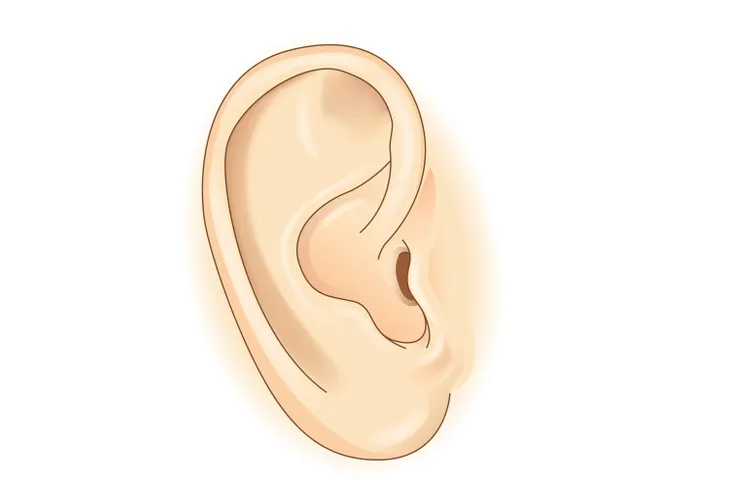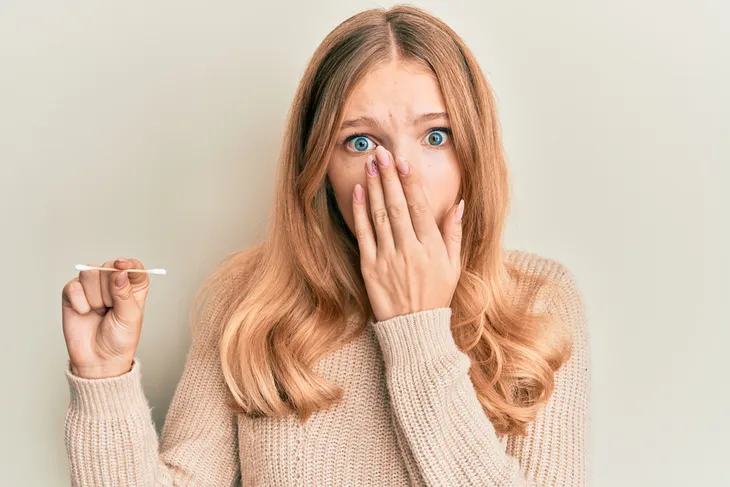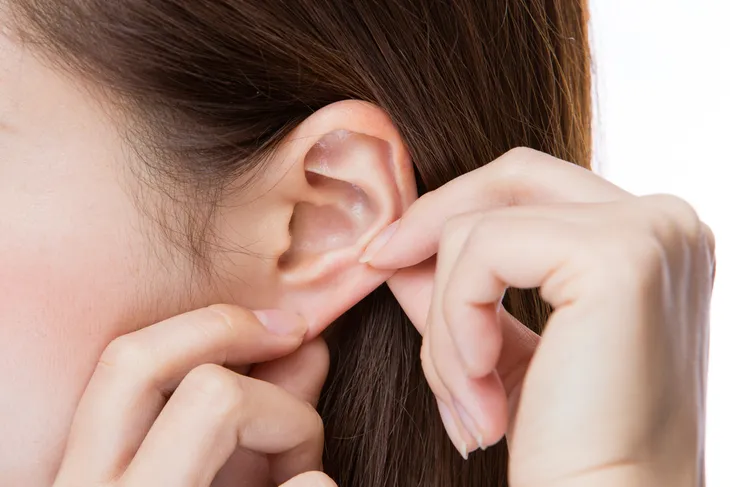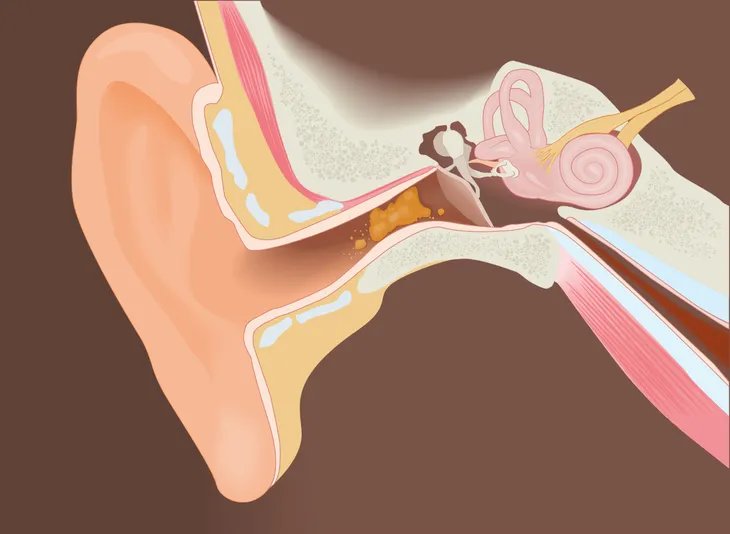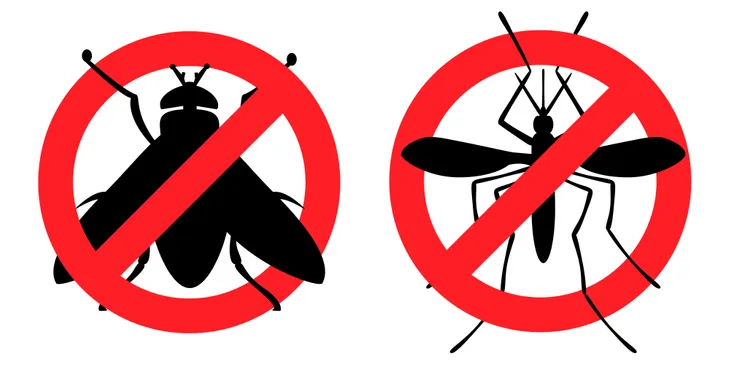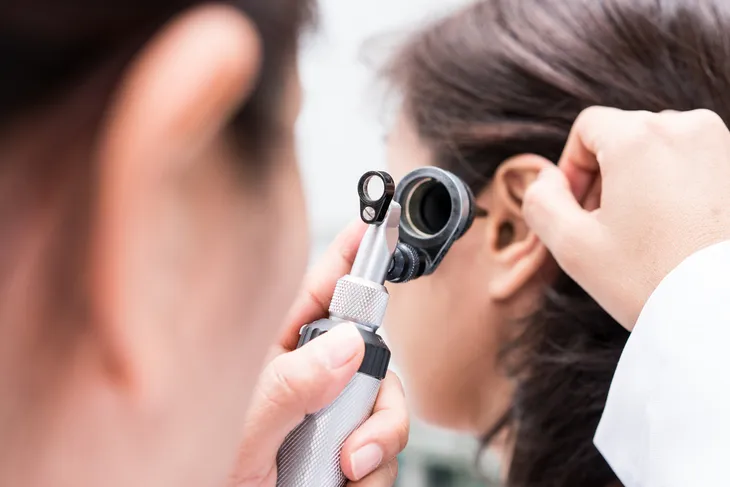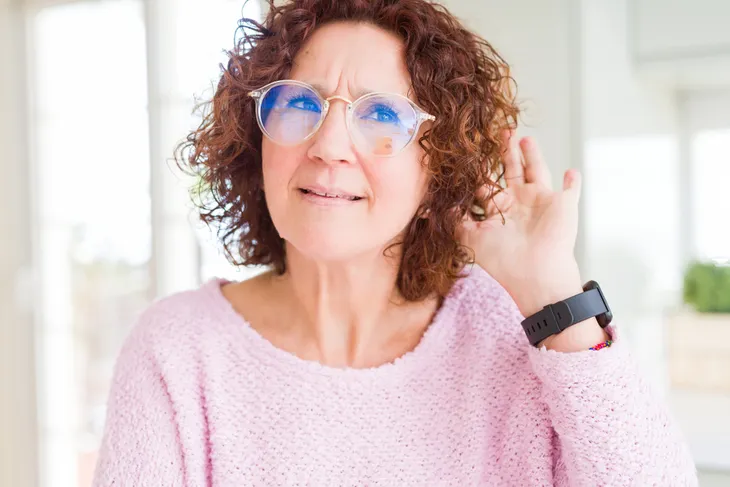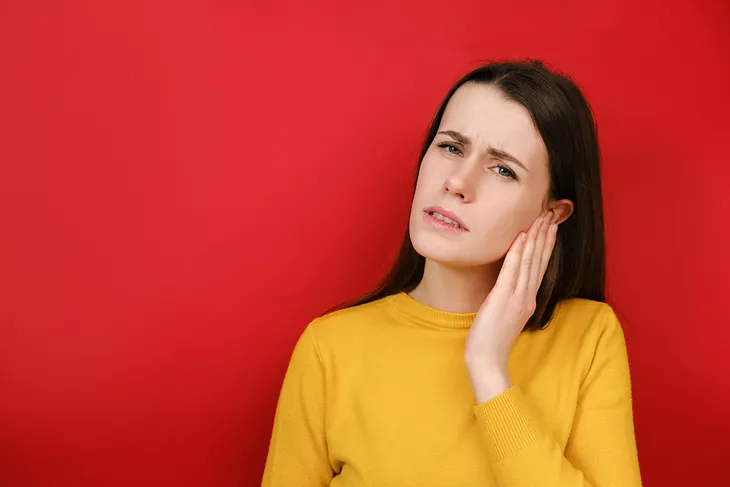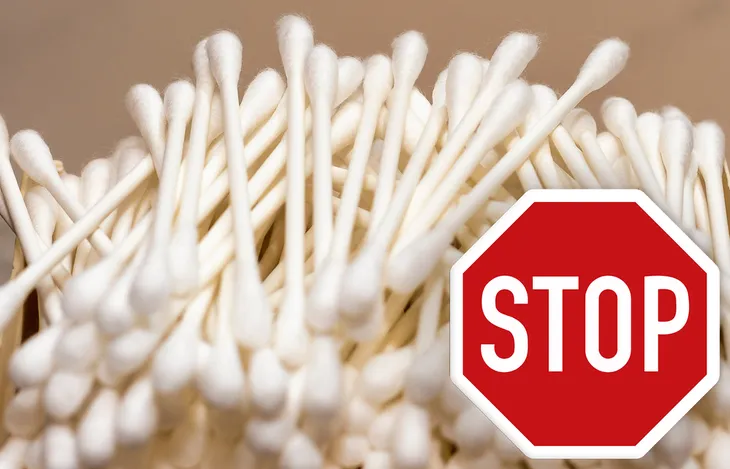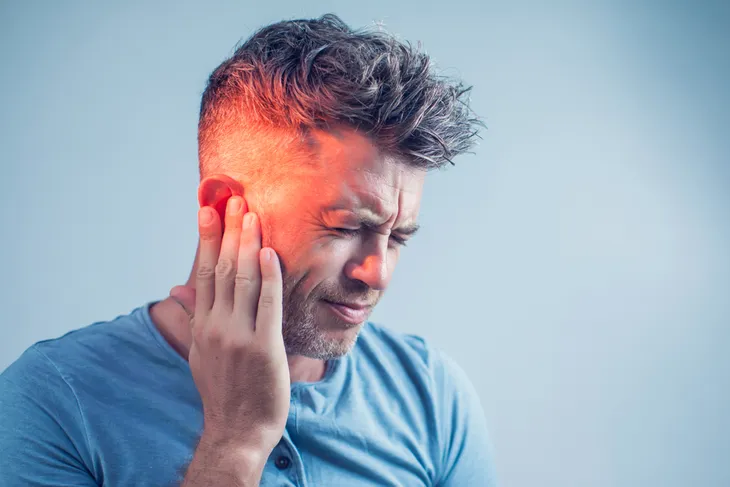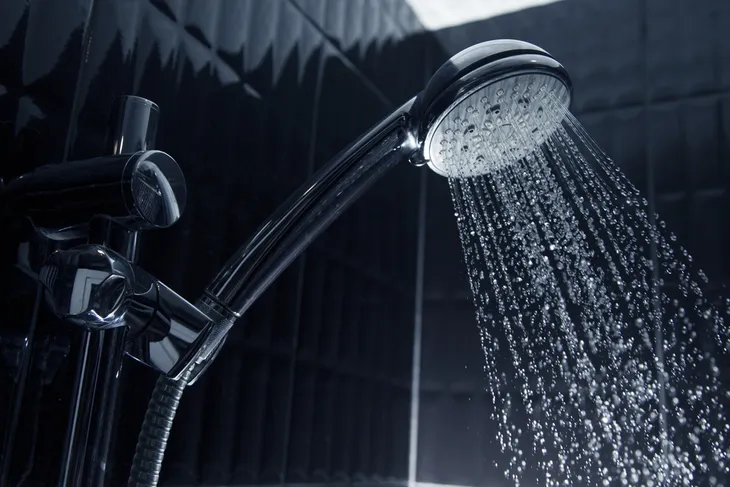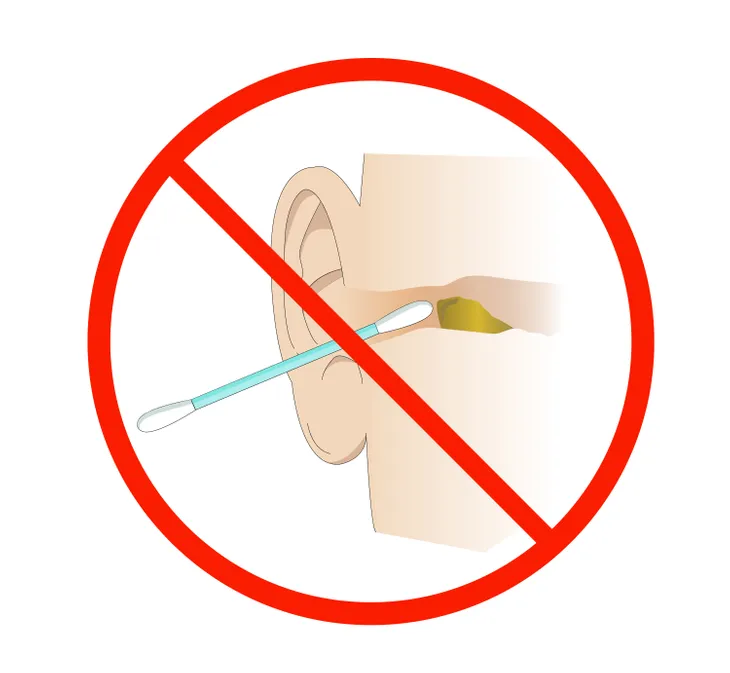When was the last time you tried to poke a cotton bud in your ear to get rid of that gooey mess you probably can’t stand? Don’t worry, we all want to get rid of earwax. But is it that bad? Can it cause ear infections and blockage? And if it’s that bad, why do our ears keep producing it all the time?
Here’s everything you should know about earwax, including if it’s good or bad and what you can do about it.
What Is Earwax?
It’s waxy, shiny, and looks altogether gross. Yes, we’re talking about earwax. Known as cerumen in the medical world, earwax occurs naturally in your ear. But what is earwax, and where does it come from?
Your ear consists of four major components:
- Inner ear;
- Middle ear;
- Eardrum, and;
- Outer ear.
The skin around your outer ear has special glands that produce earwax. Normally, your ears produce earwax all the time. This is so your external ear canal always has enough wax in it. Over time, the excess amount of earwax makes its way from your outer ear towards the opening of your ear, where it falls out on its own or is removed every time you wash your ear.
Is Earwax Good or Bad?
Earwax isn’t just good for your ears — it’s indispensable for the normal functioning of your ears.
As long as your earwax is not produced in excess quantities, there’s nothing to worry about. However, even in excess quantities, too much earwax must be cleaned safely.
Purpose of Earwax
There are a bunch of reasons why earwax is healthy for you.
The outer ear is the doorway to other sensitive parts of your ear. The primary purpose of earwax is protection from the external environment and lubrication of your ear canal.
Earwax Is a Natural Barrier
Your outer ear is the only shield that protects your inner ear and eardrum from dirt, dust, and other foreign materials. Earwax protects your ear by entrapping any particle that makes its way through your ear and prevents it from going inside.
Acts as Insect Repellent
In addition to being grossly sticky, earwax smells unpleasant too — especially for insects. In fact, the smell of earwax drives insects away.
On the other hand, if an insect or microorganism still manages to enter your ear, it will end up getting clogged within the earwax. So, it’s a win-win situation either way.
It’s a Natural Moisturizer
Just like other parts of the skin, the skin inside your ear canal also needs adequate hydration. Earwax acts as a natural moisturizer that keeps your skin nourished and prevents it from getting dry and itchy.
What Your Earwax Says About You
Do you know the composition of your earwax can tell loads about your age, health status, and even ethnicity? Let’s have a look at what your earwax says about you.
Primarily, there are two main types of earwax:
- Wet Cerumen: As the name indicates, wet cerumen is sticky and varies in color from yellowish-brown to dark brown. People of Caucasian and African descent usually have wet earwax.
- Dry Cerumen: Dry cerumen is usually crumbly, flaky, and darker in color. It is easier to clean since it falls out better than wet earwax. Dry cerumen is more common in Native Americans, Pacific Islanders, Turkish, and Central Asians.
What the Color of Earwax Says About You
Apart from its consistency, the color of earwax can also speak volumes about you. These colors are:
- Dark Brown or Black: Considered older as the color comes from the dirt and bacteria it has trapped over the years.
- Dark Brown with a Red Tinge: May signify an injury to the ear.
- Light Brown, Orange, or Yellow: Healthy and normal.
- White and Flaky: Can be caused by dermatitis or psoriasis. Another possibility is the person lacks the chemical that produces body odor.
- Dark and Sticky: The person has the chemical that produces body odor.
What Does Healthy Earwax Look Like?
Your body produces adequate amounts of earwax. It can be dry or wet and may vary in color.
Typically, children have light-colored earwax that may appear yellow to light brown. It’s also softer. In adults, earwax is usually darker in color.
As long as you take care of your hygiene, eat a healthy diet, and have no irritation or hearing difficulties, you can rest assured that your earwax is healthy.
Symptoms of Excess Earwax
While healthy earwax is excellent for your ears, its excess production and build-up can cause several problems. Watch out for the following symptoms if you think you have excess earwax:
- Hearing difficulty or hearing loss
- Itching inside the ear
- Pain inside the ear
- A ringing sensation inside the ears
- Dizziness and cough
If left untreated, excess earwax can lead to blockage of the ear canal. If you experience any of the symptoms above, consult an ENT specialist right away for a complete assessment.
What Causes Excess Earwax?
A bunch of different factors can cause excess earwax. These include:
- People who are physically active and exercise a lot may have more than normal earwax production as they sweat heavily;
- Having hairy ear canals can also lead to excess earwax;
- Ear infections;
- The elderly;
- People with poor personal hygiene, and;
- Skin issues.
If you have excess earwax, do not remove it on your own. Instead, consult a doctor. When you clean your ears using cotton buds or other objects, you tell your body to produce more earwax, worsening the problem.
Should You Remove Earwax?
You don’t really need to. Your body does it all on its own. As long as you eat healthily and take care of your hygiene, your earwax will fall out on its own.
The recommended way to facilitate your ears’ self-cleaning process is using a soft, damp cloth to clean your ears from the outside and take warm showers to keep your earwax soft and promote its fall out.
Why Leave Earwax Alone
The best way to care for your ears is to leave earwax alone.
Your ears are way more delicate than most of the organs in your body. Healthy earwax protects your ear canals from dust, dirt, and insects.
Most of the time, your ears are self-cleaning your ear canals. For example, every time you take a shower and let some water run into your ears, the earwax softens and falls out on its own. The same happens when you chew, eat, talk, and do anything that keeps your facial muscles moving.
Though what’s more important isn’t the unnecessary cleaning but the risks associated with cleaning earwax with objects like cotton-tipped buds. Cotton swabs or anything similar can be extremely dangerous as they can damage your eardrums and push the earwax deep inside your ear canal. So, instead of “cleaning” your ears, you might end up damaging the delicate parts underneath or at worst, making your ears susceptible to an infection.
How to Safely Clean Your Ears
Your ears are already busy with self-cleaning all the time. However, if you want to make the process easier for your ears, you can share the load by cleaning your ears safely.
To safely clean your ears, you should:
- Shower daily and let warm water from under the shower run into your ears. The process softens your earwax, making its removal easier for your ears.
- Use a clean, damp cloth to clean your ears from the outside.
- Older adults who use hearing aids must ensure to clean them regularly.
Precautions You Should Take When Cleaning Your Ears
Just go easy and don’t try to over clean your ears. The American Academy of Otolaryngology-Head and Neck Surgery strongly discourages using cotton swabs and cotton buds to clean your ear canals. They carry a high risk of damaging your eardrum and pushing your earwax farther inside, resulting in earwax impaction and blockage.
Another precaution you should take is to avoid ear candles by all means. According to the source, ear candles can seriously injure your ear canal and eardrum.
Finally, avoid using home remedies. A warm shower and gently cleaning ears from the outside are sufficient to promote your ear’s natural self-cleaning process.
The Takeaway
Just like other body secretions, earwax is a natural substance that protects and moisturizes your ear canals. However, cleaning ears aggressively with cotton buds can be dangerous for your ears, as it pushes the earwax deep inside and causes ear impaction.
If you feel you have too much earwax in your ear canals, it’s better to see an ENT specialist.
